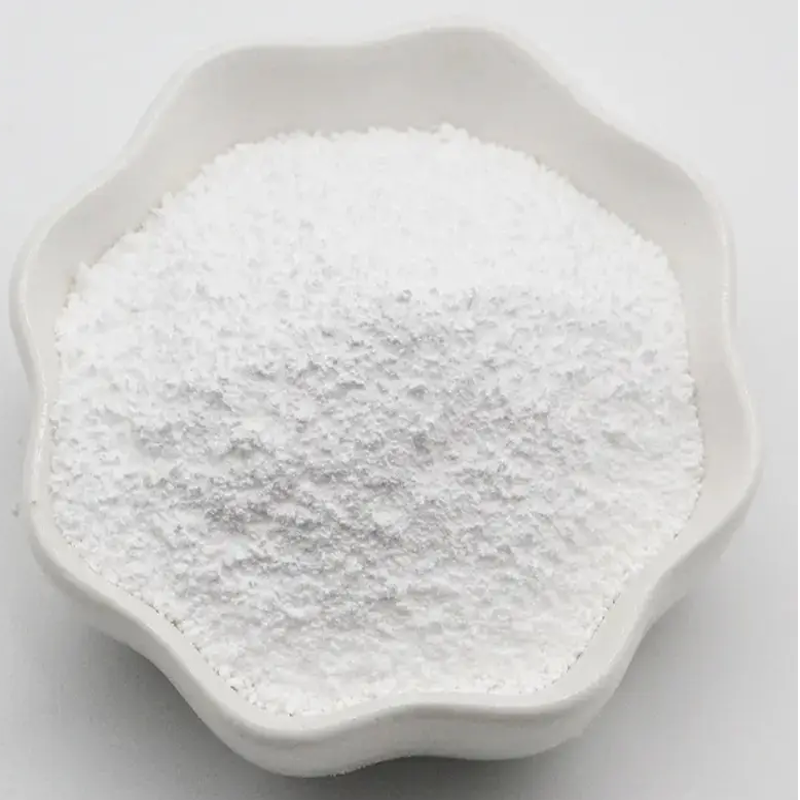-
Categories
-
Pharmaceutical Intermediates
-
Active Pharmaceutical Ingredients
-
Food Additives
- Industrial Coatings
- Agrochemicals
- Dyes and Pigments
- Surfactant
- Flavors and Fragrances
- Chemical Reagents
- Catalyst and Auxiliary
- Natural Products
- Inorganic Chemistry
-
Organic Chemistry
-
Biochemical Engineering
- Analytical Chemistry
- Cosmetic Ingredient
-
Pharmaceutical Intermediates
Promotion
ECHEMI Mall
Wholesale
Weekly Price
Exhibition
News
-
Trade Service
A new paper on the new crown vaccine has been published online in the journal Nature.
Wei Xiawei, a researcher at the National Key Laboratory of Biological Therapy at Huaxi Hospital, Sichuan University, and Zhang Kang, a researcher at the University of Science and Technology of Macau, are co-authors.
research and development team has developed a recombinant protein candidate new crown vaccine.
experiments in animal models such as non-human primates have shown that the vaccine induces a strong protective immune response against SARS-CoV-2 and neutralizing antibodies in the virus.
study authors noted in their paper that the combination of the receptor binding domain (RBD) of its stingprotein with the host cell's receptor angiotensin conversion enzyme 2 (ACE2) is the most critical step in its infection process.
in designing a vaccine to minimize potential side effects while stimulating maximum immunogenicity, the researchers envision identifying the smallest fragments of the sting protein as antigens.
in this study, scientists used several different parts of the S protein to create a number of candidate vaccines, and after testing and comparison, they finally confirmed that RBD was the largest virus neutralized and active compared to the s protein's extracellular domain protein (ECD), S1 subkey, and S2 subtype.
, the team eventually used a sequence of amino acids numbered 319-545 in RBD to produce antigens.
to produce these recombinant proteins, the team used a rod virus expression vector system for protein expression.
paper noted that vaccines produced by this technology typically have correctly folded protein conformations and are suitable for commercial-scale vaccine production and have been used in some approved cervical cancer vaccines and influenza vaccine products.
in animal experiments with recombinant RBD protein candidate vaccines, mice, rabbits and macaques had seen an increase in IgG and IgM antibodies against recombinant RBD in their bodies after 7 or 14 days of just one injection.
In addition to recombining the RBD protein itself can effectively induce the production of specific antibodies, the experiment shows that the addition of adjuvants can significantly enhance the induction effect, resulting in a higher level of specific antibodies.
in vitro cell experiments showed that serum seroses obtained from immune animals could block the combination of RBD with ACE2 expression on the cell surface, and almost 100 percent neutralized the SARS-CoV-2 pseudovirus (only the virus shell and no viral nucleic acid).
more importantly, the vaccine showed a protective effect on blocking the new coronavirus infection in anti-venom experiments with non-human primate models.
the researchers inoculated the macaques twice in seven days at a dose of 20 ?g or 40 ?g per dose.
later, in the first vaccination of the 28 angels they were exposed to live new crown virus.
vaccinated macaques can detect neutralizing antibodies against live viruses, and they are fully protected from virus nucleic acids, either in pharynx swabs or lung tissue.
, in contrast to two control groups that received physiological saline or adjure injections, the animals showed clear signs of viral infection.
it's worth noting that these animal trials have also shown that the recombinant RBD candidate vaccine did not trigger antibody-dependent enhancement (ADE) or cause new coronary pneumonia.
concluded in the paper that the study of the candidate vaccine "highlights the importance of the S-protein RBD domain in the design of the new crown vaccine and provides the basis for induction of antibody development against RBD."
, the researchers believe that the use of recombinant protein vaccine production technology has a viable precedent for large-scale supply and commercial, and these characteristics could support the further development of the vaccine candidate.
.







